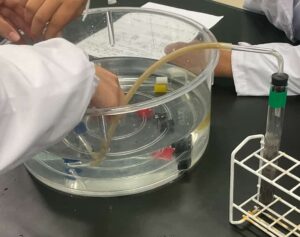Invisible Intrigue: The 3 Clues That Reveal Carbon Dioxide’s True Identity
I’m Ken Kuwako, your Science Trainer. Every day is an experiment.
The fizz in soda pop, the bubbles that dissolve a bath bomb—our everyday lives are full of mysterious bubbles. The hidden identity of many of these bubbles is a gas called carbon dioxide (CO
2
). Would you like to try a science experiment to search for this invisible, untouchable gas and expose its true nature? We’ll use a classic middle school science experiment to show you how to “catch” the unseen gas and clearly identify its properties.
The Detective’s Toolkit: What You’ll Need
First, let’s check the materials needed to start our investigation! These are the keys to solving today’s case.
• Hydrochloric Acid (5%) (approx. 5mL)
• Limestone (one small piece)
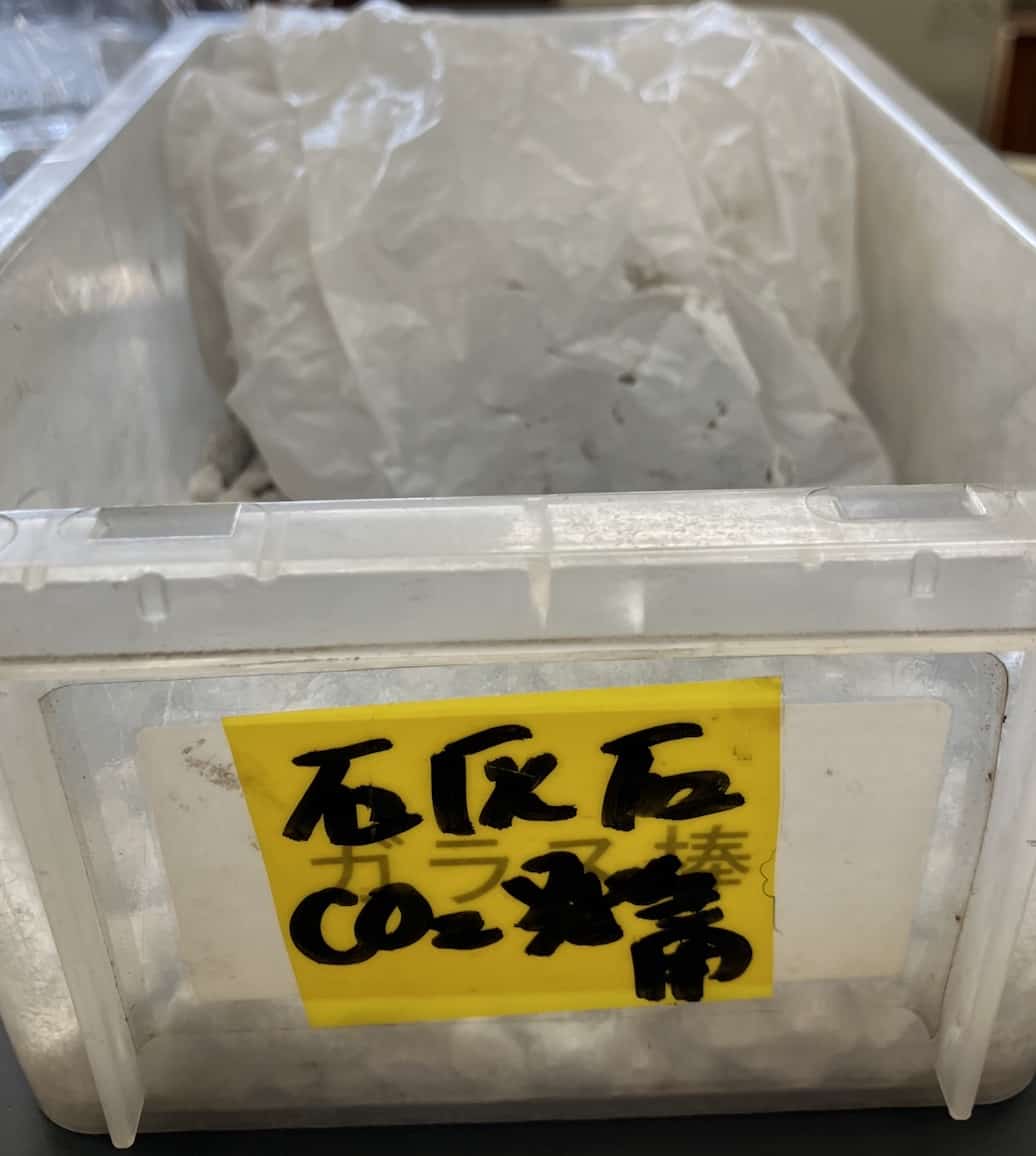
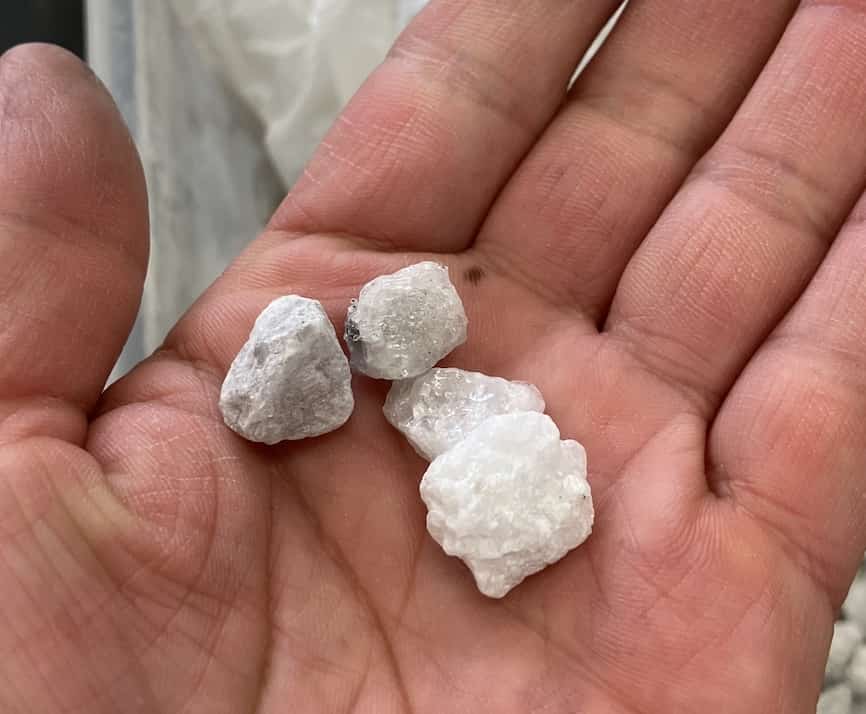
• Other tools: Matches, incense stick (or splint), ash tray, limewater (approx. 5mL), and a damp cloth (your essential safety partner!).
Scene Investigation One: Catching the Fizzing Bubbles!
1. Generate the Carbon Dioxide!
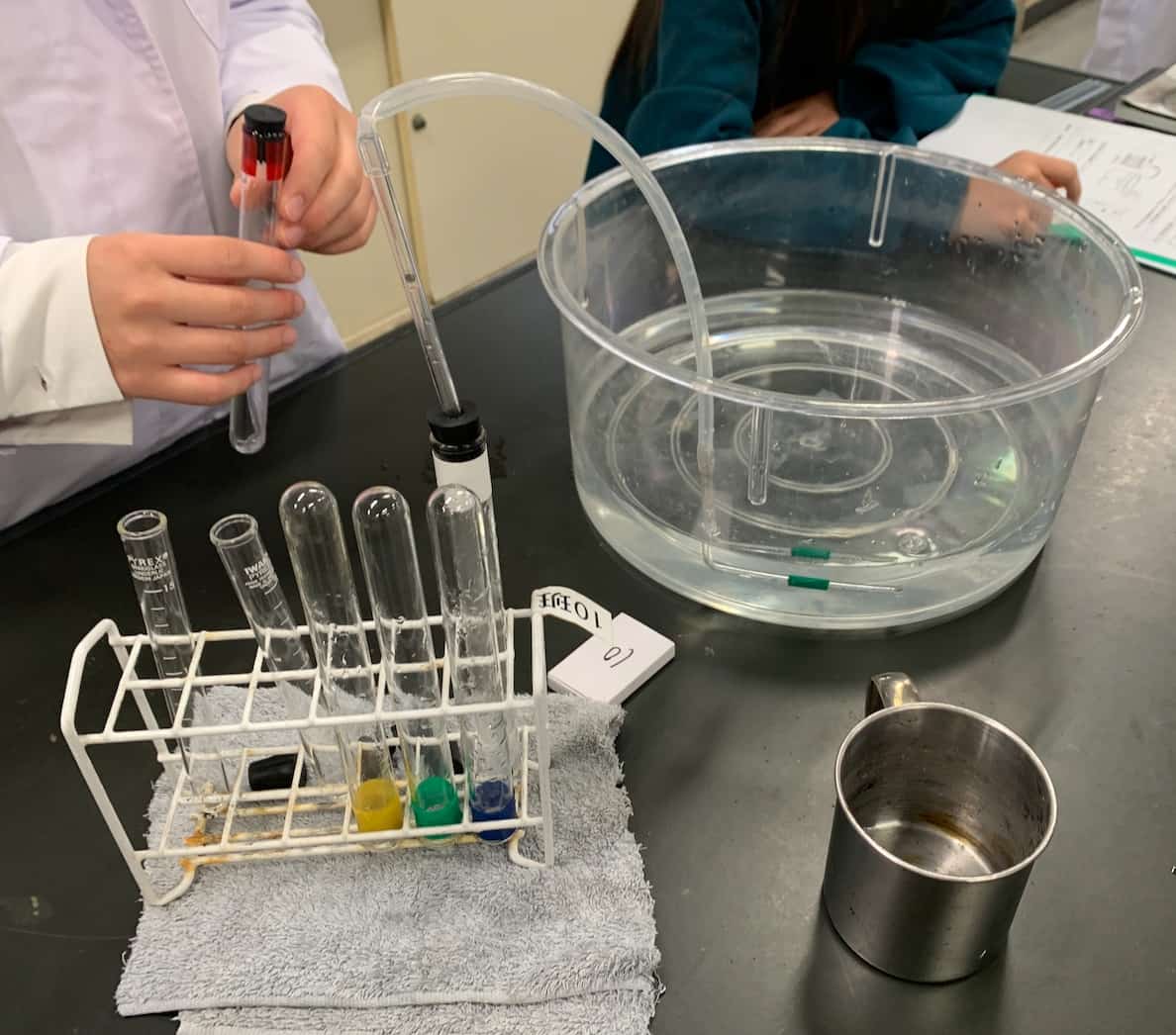
Pour 5mL of hydrochloric acid into a test tube, and then drop in the crucial piece of evidence: the limestone. Immediately, you’ll see vigorous fizzing and bubbles! This is the definitive moment the invisible gas, carbon dioxide, is being created. This phenomenon proves that the main component of limestone, calcium carbonate, is reacting chemically with the hydrochloric acid. In the language of chemistry, this is the “incident” that’s happening:
CaCO
3
(Calcium Carbonate) + 2HCl (Hydrochloric Acid) ⟶ CaCl
2
(Calcium Chloride) + H
2
O (Water) + CO
2
(Carbon Dioxide)
As the limestone dissolves in the acid, it transforms into calcium chloride and water, and the star of our show, carbon dioxide, escapes as a gas.
Evidence Two: The Truth Revealed by Limewater
2. Confirm with Limewater!
Next, let’s pass the trapped gas into a second test tube containing clear limewater. Give the test tube a gentle shake… and just like magic, the transparent liquid suddenly turns cloudy white! This is the smoking gun.
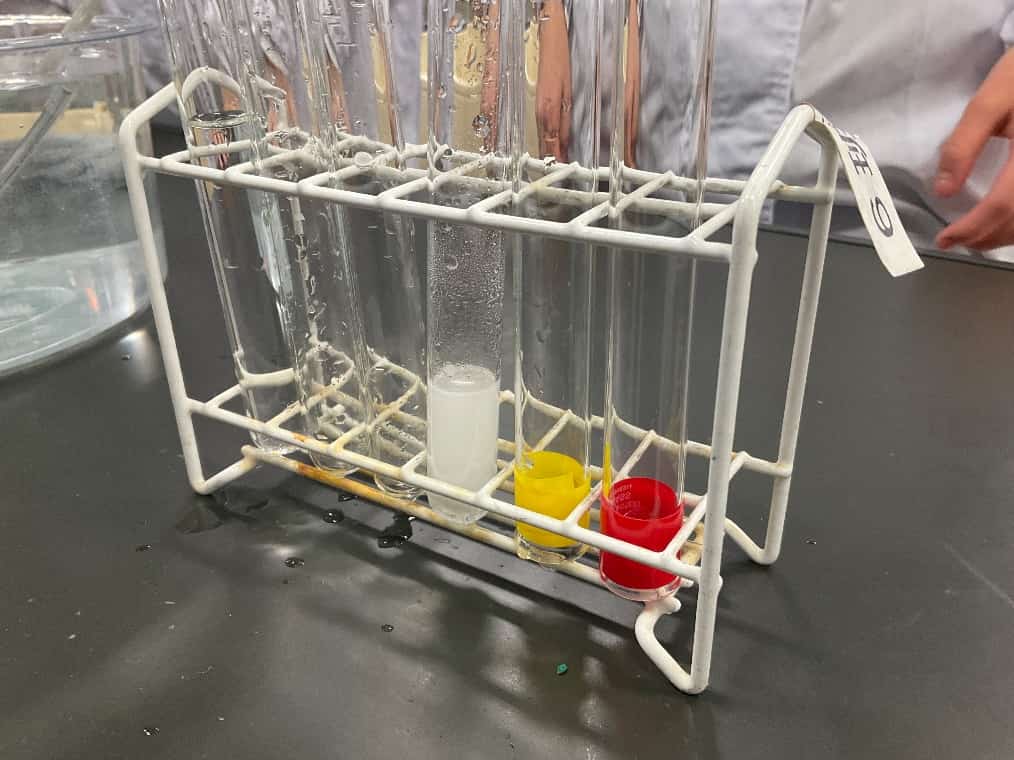
Why the color change? A chemical reaction is happening here too. Limewater is actually a solution of calcium hydroxide. When it combines with carbon dioxide, it forms white particles of calcium carbonate, which doesn’t dissolve in water. That’s right—it reverts back to the same component we used at the start of the experiment (limestone)! Science is truly a magnificent story.
Testimony Three: The Mystery of the Extinguished Flame
3. Test with a Lit Incense Stick!
The final test. Gently insert a lit incense stick into the test tube containing the gas. What happens? The burning flame is instantly snuffed out, as if someone just blew on it.
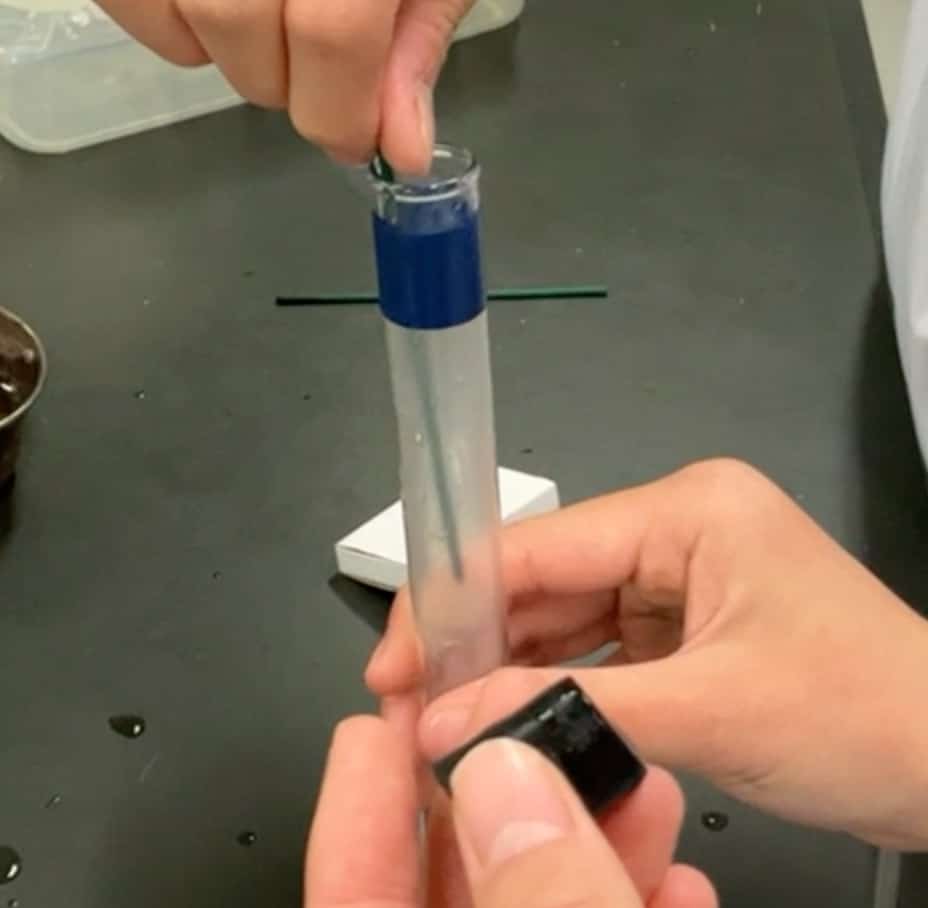
This demonstrates the critical property that carbon dioxide is a non-flammable gas. But there’s more to it than that. Carbon dioxide is also heavier than air, so it pools at the bottom of the test tube, displacing the oxygen needed for the fire to burn. This exact property is what makes CO
2
fire extinguishers work.
From a Tiny Bubble to Our Big World
How did you enjoy being a science detective today? We gathered three concrete pieces of evidence and determined that the invisible gas is indeed carbon dioxide.
- It turns limewater cloudy white.
- It extinguishes flames (non-flammable/non-combustible).
- It is heavier than air (we didn’t directly observe this, but it explains why the flame goes out).
Understanding these properties of carbon dioxide connects to so much in our daily lives and the global environment. From the delicious fizz of a soda and the mechanism of a fire extinguisher, all the way to the huge problem of global warming. A small bubble started in a test tube is directly linked to the massive world we live in.
Contact and Inquiries
Want to get closer to the wonders and fun of science? We’ve compiled easy-to-understand tips and fun science experiments you can do at home. Feel free to browse around!
The content from Science Notes is now a book. Find out more here
For more about the operator, Ken Kuwako, click here
For various requests (writing, lectures, experiment classes, TV supervision/appearances, etc.), click here
• Article updates are distributed on X!
![]() The Science Idea Channel streams experiment videos!
The Science Idea Channel streams experiment videos!

